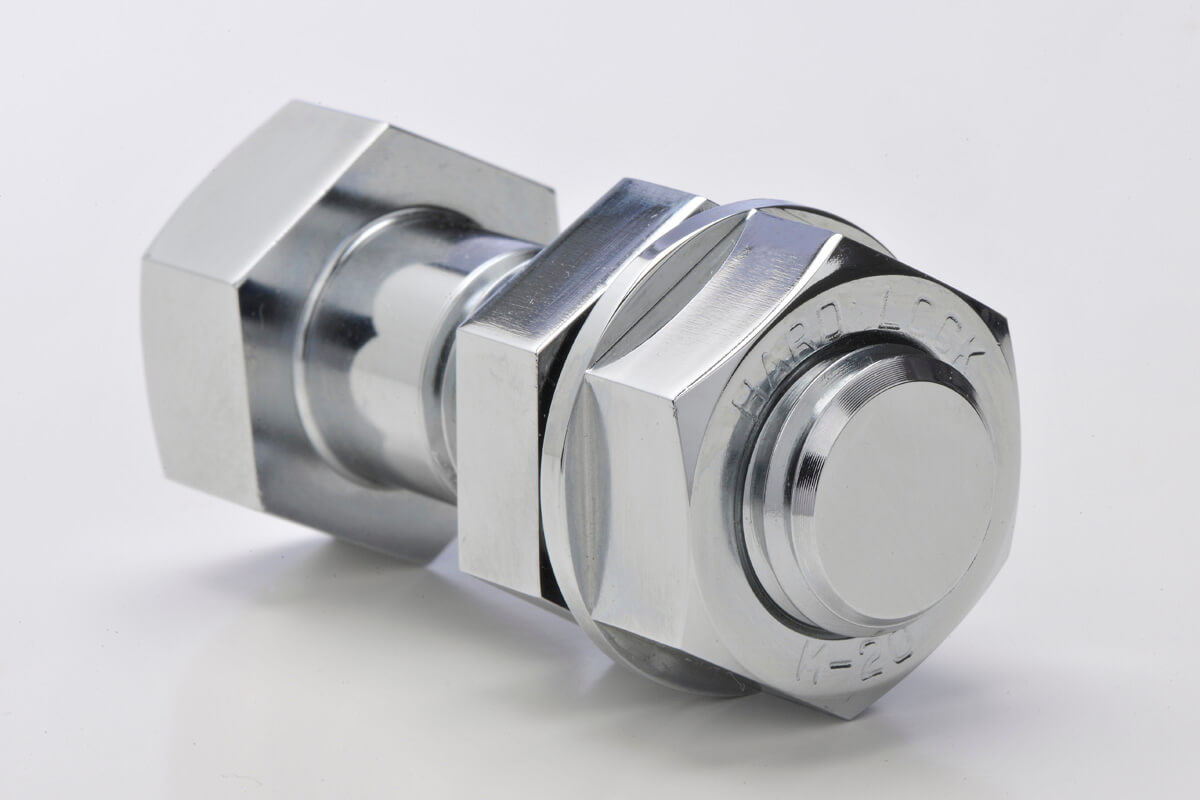Fastening an Anchor Bolt for Shock Absorber
*Some images are for illustration purposes only.
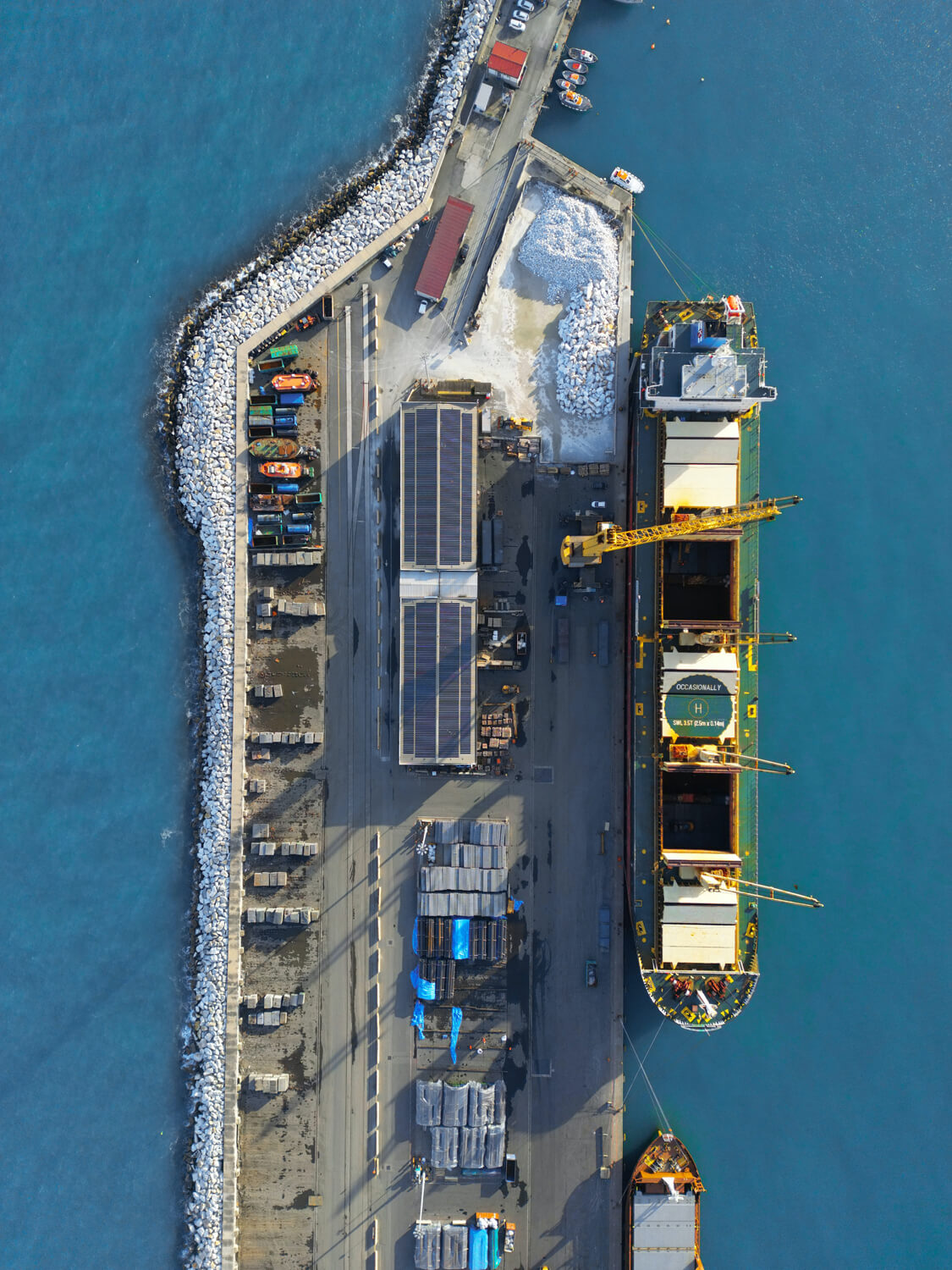
Overview
When a ship berths or is moored, due to the effects of waves and wind, the hull and berth surface are pushed and frictional. A fender is a device that prevents the hull and berthing structures from being damaged by such forces. In particular, when a large ship berths, a huge amount of force is generated, so it is necessary to securely fix the fender body in order to absorb the berthing energy more efficiently.
Implementation
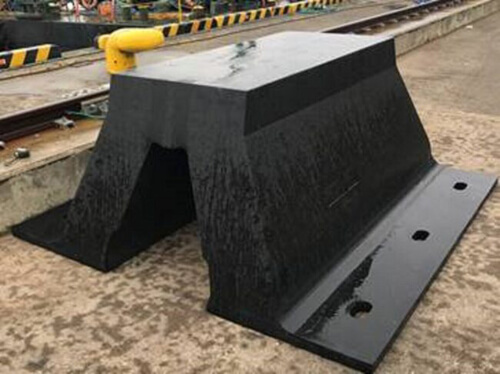
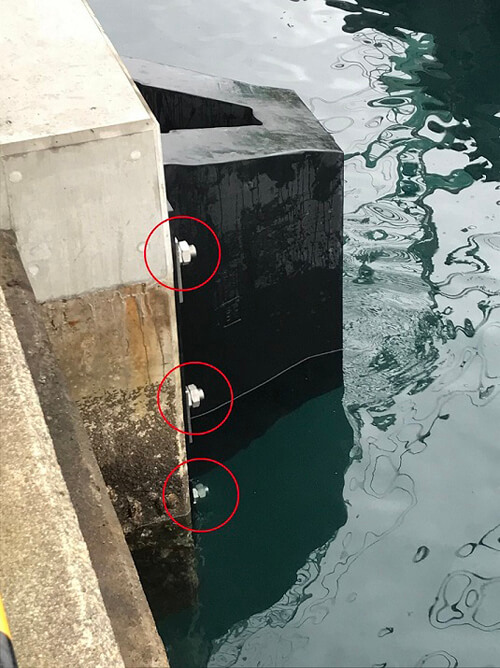
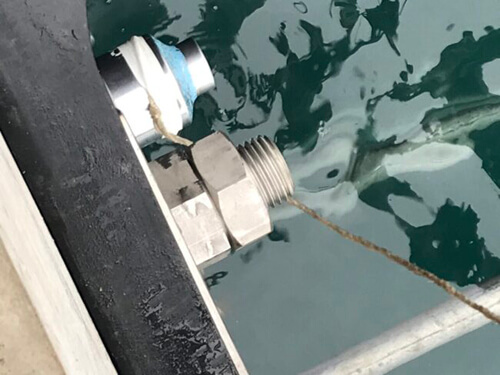
- Nut tightening points of “post-installed anchor bolts” for concrete blocks in the bay.
- Places that require proper torque management because the material of the fender is rubber.
- Places where spot welding (especially underwater welding) was used → Use of HLN eliminates the need for welding.
Improvement
- Safe and reliable fastening with proper torque is now possible.
- Construction time can be greatly reduced, eliminating the need for welding equipment and underwater welding technicians.
- Construction costs have been significantly reduced.
- The maintenance cycle has been greatly extended, and the maintenance cost has been reduced.
